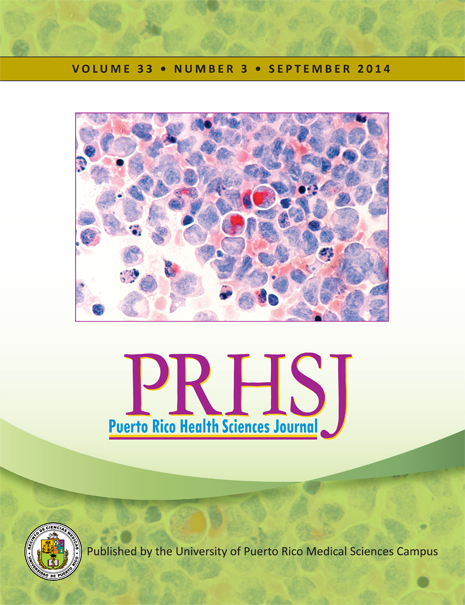Abstract
Objective: To describe the profile of the average organ non-donor, compare it to that of the average donor, and identify characteristics that predict the likelihood that a given individual will be a non-donor. Methods: The charts of 397 consenting potential organ donors of LifeLink of Puerto Rico from 2009 through 2011 were reviewed. Data regarding gender, age, BMI, the presence of diabetes, hypertension and/or kidney injury, death from cerebrovascular accident, and smoking were collected. Results: Of the 397 charts reviewed, 283 were from donors, 96 were from nondonors, and 18 were excluded from the analysis. When compared to donors, nondonors were found more frequently to be 60 years old or older, diabetic, hypertensive, or obese; to have suffered from kidney injury, to have smoked and to have died of a cerebrovascular accident. On multivariate analysis, age, diabetes, kidney injury and smoking remained significant. However, after adjusting for age, only smoking and death from cerebrovascular accident remained statistically associated to nondonor status. Conclusion: Although being over 60 years old, having smoked and dying from a cerebrovascular accident were characteristics found significantly more frequently in non-donors, these characteristics were also present in some donors. Therefore, a careful evaluation of each potential donor is still mandatory to avoid the loss of transplantable organs.
Authors who publish with this journal agree to the following terms:
a. Authors retain copyright and grant the journal right of first publication with the work simultaneously licensed under a Creative Commons Attribution License that allows others to share the work with an acknowledgement of the work's authorship and initial publication in this journal.
b. Authors are able to enter into separate, additional contractual arrangements for the non-exclusive distribution of the journal's published version of the work (e.g., post it to an institutional repository or publish it in a book), with an acknowledgement of its initial publication in this journal.
c. Authors are permitted and encouraged to post their work online (e.g., in institutional repositories or on their website) prior to and during the submission process, as it can lead to productive exchanges, as well as earlier and greater citation of published work (See The Effect of Open Access).
